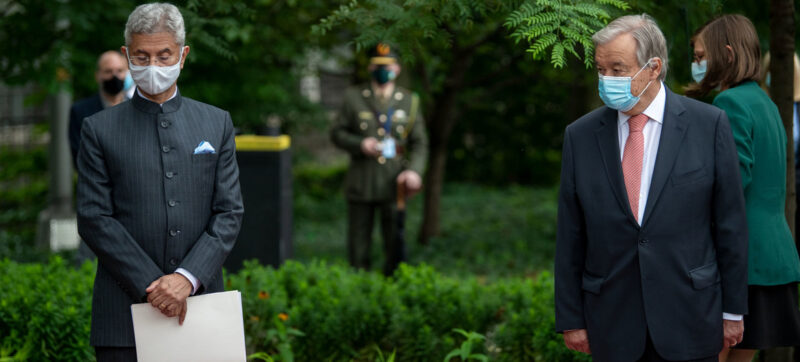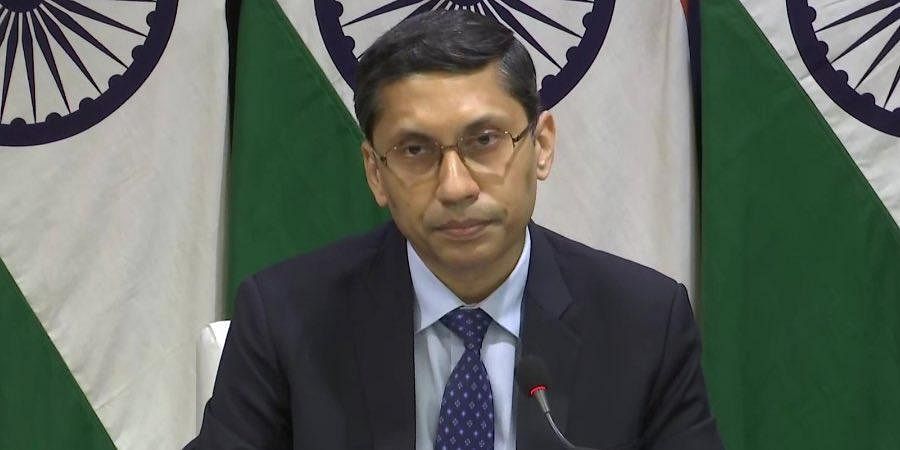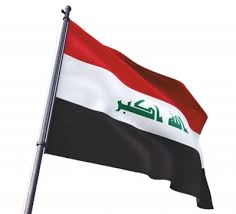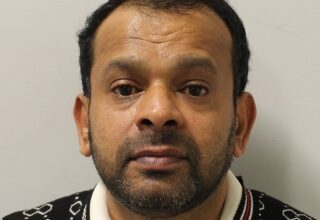Peacekeeping must embrace digital world — UN chief

United Nations : UN Secretary-General Antonio Guterres said Wednesday that UN peacekeeping must embrace the digital world to deal with evolving threats.
“The concept of peacekeeping is itself the product of the art of the possible. But UN peacekeeping was conceived in an analog world. It is now essential that it fully embraces the digital world in which we live, to improve the UN’s agility, anticipation and responsiveness to conflicts, and to be able to address the challenges of today and tomorrow,” he told an open debate of the Security Council on technology and peacekeeping.
“A shift in peacekeeping culture, as well as a systemic change, are required for this to happen. That is why we have developed a strategy for the Digital Transformation of UN Peacekeeping Operations,” he said.
The strategy seeks to use the opportunities offered by digital technologies to peacekeeping missions, to mitigate the risks they pose and promote their responsible use. The strategy takes forward the vision for his second term — a renewed United Nations that is nimble, dynamic and evolving to anticipate and address complex issues, said Guterres.
Digital transformation in peacekeeping will contribute to one of the central objectives of Action for Peacekeeping Plus — to further data-driven and technology-enabled peacekeeping. It will be one of the most complex undertakings for UN peacekeeping in the coming years. But the need is critical and the benefits will be profound, he said.
The Digital Transformation Strategy focuses on four objectives: to drive technology innovation at UN Headquarters and in the field; to maximize the potential of current and new technologies to augment the capacity of missions to carry out their mandates effectively, including transforming information gathering and early warning capacities to better protect civilians; to allow troop and police contributors in front-line roles to have access to the most up-to-date technology; to make sure peace operations are able to detect, analyze and address threats against civilians, peacekeepers and humanitarian and political missions in a timely and integrated manner; to ensure the responsible use of digital technologies by peace operations by developing clear principles and undertaking human rights due diligence wherever there is a potential for harm.
Over recent decades, conflicts have become more intractable and protracted. Actors have multiplied and diversified. Tools of warfare are increasingly sophisticated. And the growing internationalization of civil wars has made their resolution even more complex, he noted.
The devastating effects of the climate crisis on the lands and resources of peoples around the world, combined with growing socio-economic vulnerabilities, are converging with and fueling conflicts, causing further suffering, he said.
These shifts in conflict are accompanied by a broader societal transformation propelled by new technology. Digital technology, in particular, represents one of the greatest opportunities, but also one of the greatest challenges of today, he said.
The international community must come together better to govern the digital space for good, while addressing its many challenges, said Guterres.
New technologies pose unfamiliar and profound threats, as seen most clearly in the online proliferation of violent extremist ideologies, increasingly prevalent cyberattacks, and deadly vaccine misinformation.
Emerging technologies are also blurring the lines between war and peace. States and non-state actors are carrying out malicious acts that fall below commonly understood thresholds for the use of force yet may still have devastating impact. Anonymous actors are able to target critical infrastructure such as power stations, hospitals, government facilities and the IT systems crucial to running societies.
“The clandestine use of these technologies risks unintended escalation, including full-blown conflict,” he warned.
Technological advances are also modifying the ways in which conventional weapons are being used. More accurate long-range rockets and missiles are allowing both states and non-state armed groups to carry out targeted strikes at great distances, including against populated areas. There is also the increased use of autonomous weapon systems, he said.
On this rapidly emerging issue, governments must work together to ensure that sufficient human control and judgment are retained in the use of force.
In short, new technologies are changing the scale and speed of attack, as well as the character and nature of violence and destruction in war, with an indelible impact on civilian populations.
These developments create new and urgent challenges for peace operations, which are experiencing these challenges firsthand, he said.






